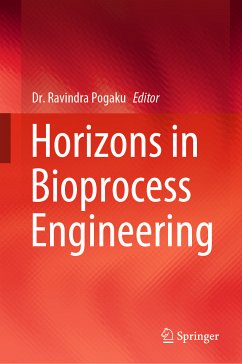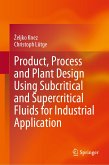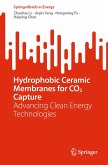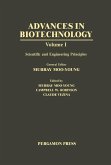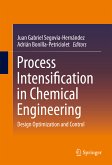This book is divided into four parts that outline the use of science and technology for applications pertaining to chemical and bioprocess engineering. The book endeavors to help academia, researchers, and practitioners to use the principles and tools of Chemical and Bioprocess Engineering in a pertinent way, while attempting to point out the novel thoughts associated with the brain storming concepts encountered. As an example, the ability to use case studies appropriately is more important, to most practitioners.
- Provides a comprehensive overview of Bioprocess Engineering
- Features novel and key concepts and applications in Bioprocess Engineering for sustainable living
- Written in four parts for researchers, academia and practitioners within the Chemical and Bioprocess Engineering field
Dieser Download kann aus rechtlichen Gründen nur mit Rechnungsadresse in A, B, BG, CY, CZ, D, DK, EW, E, FIN, F, GR, HR, H, IRL, I, LT, L, LR, M, NL, PL, P, R, S, SLO, SK ausgeliefert werden.

